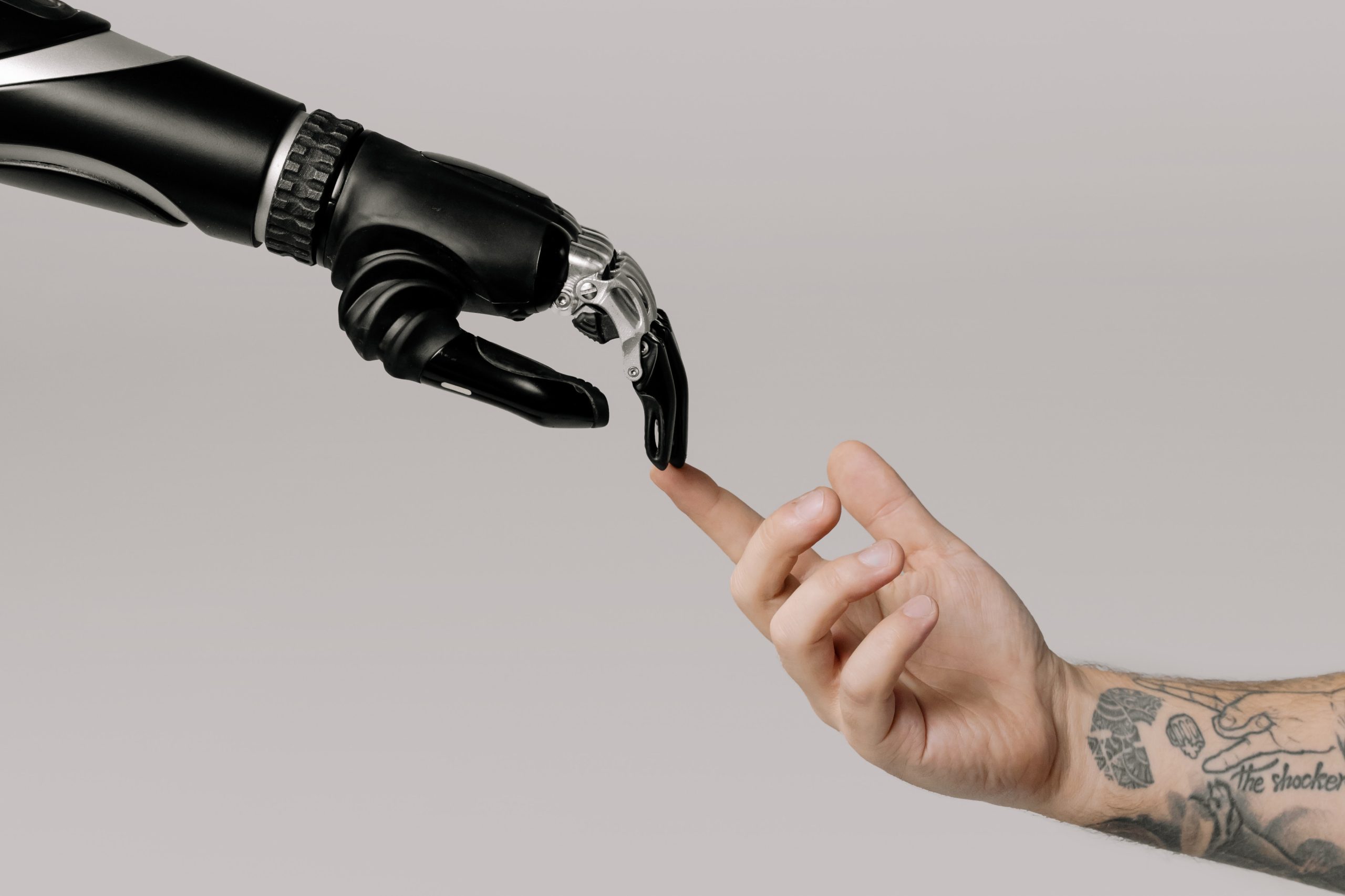Consideration of issues around ethics and integrity is imperative for democratic and social values. Bolstering research and innovation with ethical practices helps to prioritize the ethical implications of research and innovation.
More and more technological systems are becoming ‘intelligent’ and machine learning is enabling more autonomy for robotics and artificial intelligence (AI). As a result, society is concerned about impacts such as automation at work, social sorting, algorithmic bias, power imbalances and justice, election manipulation, and privacy issues. In response there has been a flourishing of ethical reports, analyses, and meta-analyses, of the ‘ethics of AI’.
We have identified a turn towards design-based regulation that relocates the ethical issues presented by AI from government, legal and regulatory spaces to inside the technologies and infrastructures themselves. As a result, questions about rights and values become design and engineering questions and different groups answer these questions in different ways. We found five unique but sometimes overlapping and co-existing ways that ethical issues around AI being addressed in policy, governance and research communities.
-
- Ethics rules. Perform ethical analysis and come to resolution in philosophical and ethical terms.
-
- Engineers in the drivers seat: Add ethics as additional category to the development of AI. Is the highly formalised language needed for machine readability compatible with the complex, unstructured environments in which such systems should be implemented? Can machines handle the complexity of a real-world moral dilemma they might be confronted with.
-
- Educating the engineers: Teach ethics to engineers to enable them to increase and improve their awareness for ethical issues in everyday work. Research and industry are fragmented, and there there is no concerted movement or organisation to take care of and coordinate such teaching.
-
- Educating the stakeholders: Teach stakeholders such as designers, government regulators, corporations, technology operators, and users standards and regulations in a bottom-up way. Challenge: the ubiquitous nature of data and information in information systems.
-
- AI transformation: Blurred distinction between human intelligence and AI with two possibilities; ‘weak’ and ‘strong’ AI.
You can find the full case study here.
